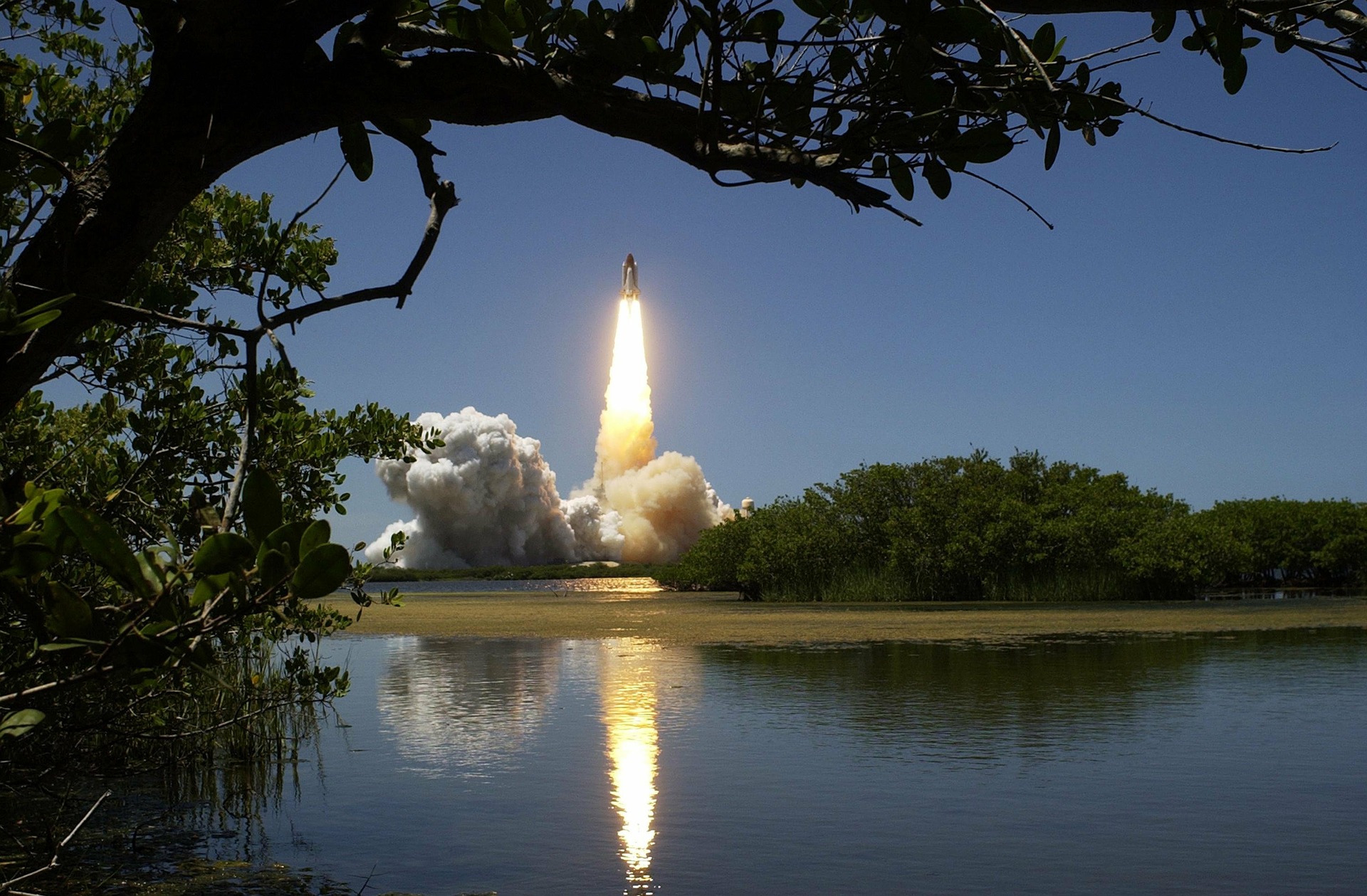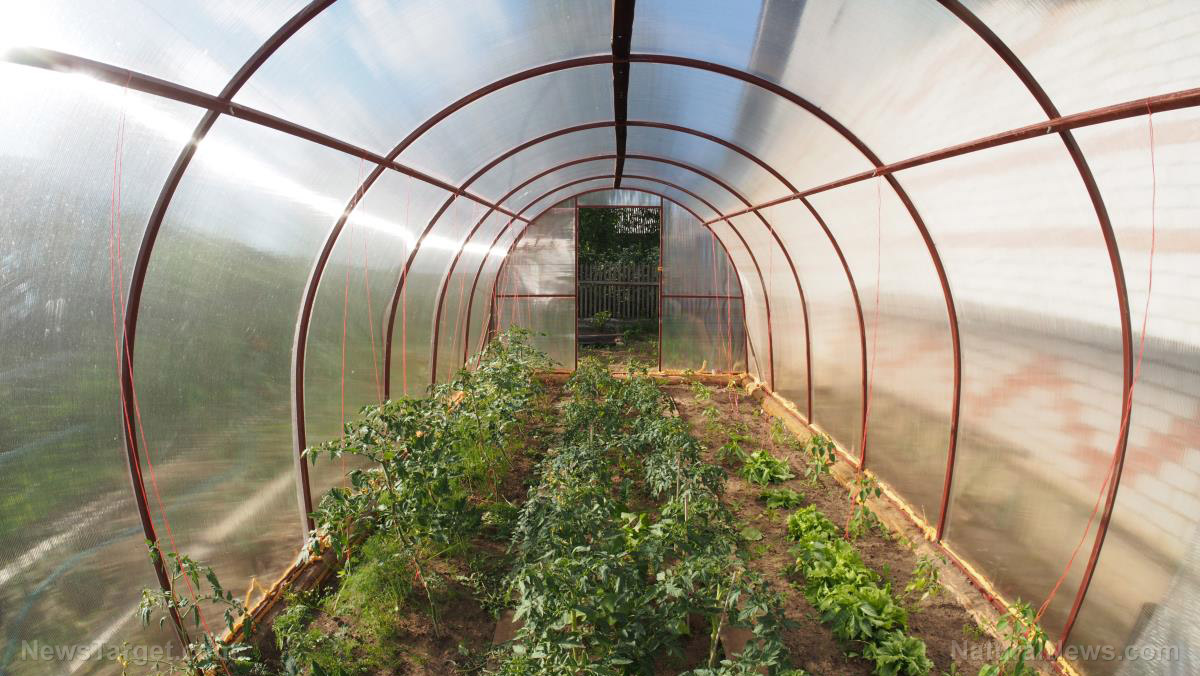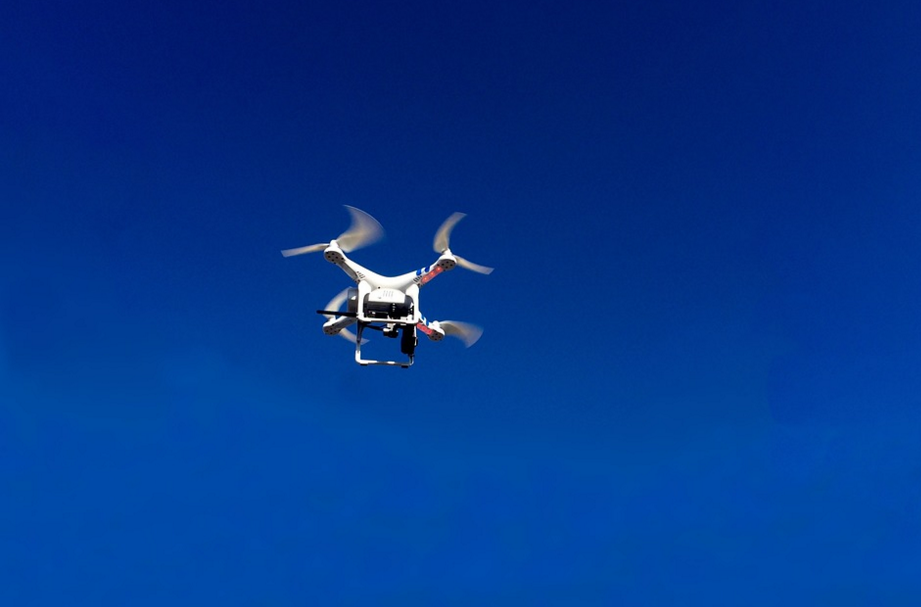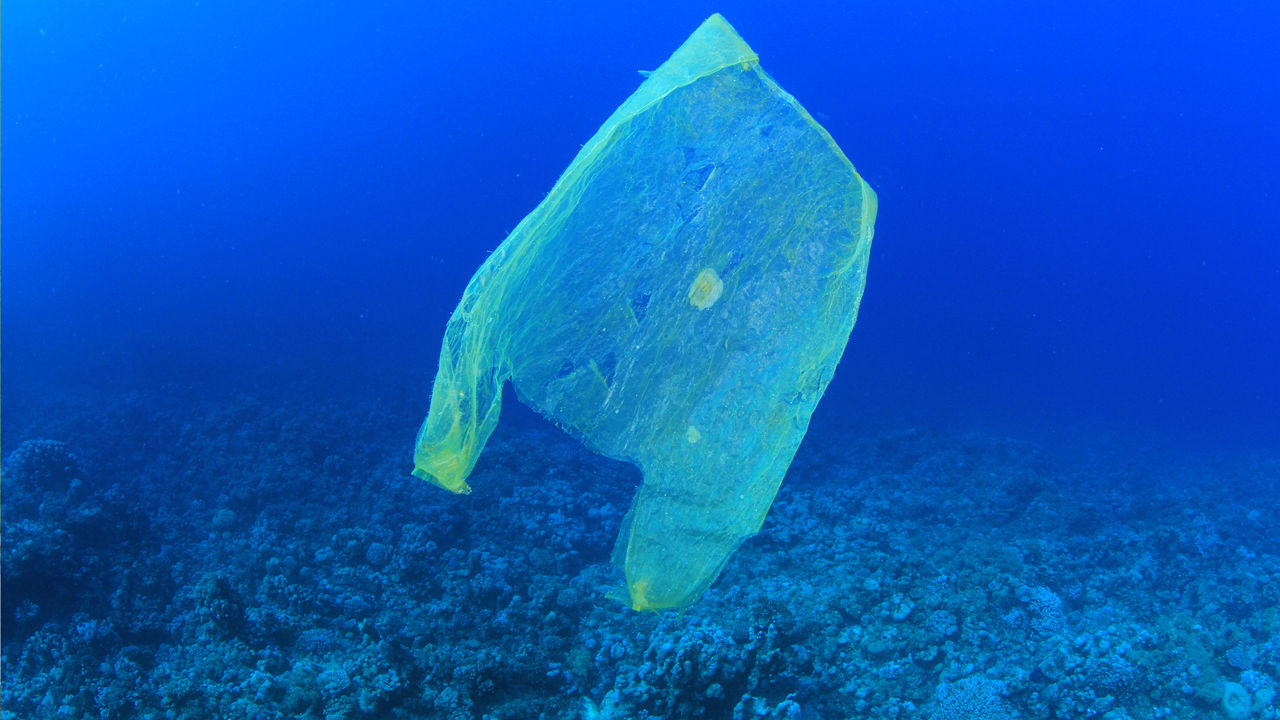Sutherland, on Scotland’s north coast, chosen as the site for U.K.’s first spaceport
01/30/2019 / By Edsel Cook

The U.K. has finally settled upon the place where it will found the very first spaceport in the island of Great Britain. The Scottish county of Sutherland will host the future launch facility, which is expected to become a big part of the British aerospace industry.
The construction contract is in the hands of the Highlands and Islands Enterprise, a Scottish business development agency. It will receive $3.3 million in funding from the U.K. government to complete the project. If all goes well, the Sutherland spaceport will be ready to serve customers during the first half of the 2020s.
This massive undertaking was driven by the booming market for small satellite launch services. British companies are known worldwide for producing high-end satellite products. However, the U.K. does not have a spaceport in its own home islands. (Related: Space mining could turn out to be a trillion-dollar industry, say experts.)
Britain is getting ready to build its own spaceport in Sutherland, Scotland
A big chunk of the space industry’s profits are now coming from the latest generation of satellites that are no bigger than a shoe box. These small but technologically advanced spacecraft can often outperform their much bigger and older predecessors.
Today’s small satellites can perform all kinds of jobs, such as communications, keeping track of the weather, and performing scientific research. They are also much cheaper to build, buy, launch, and operate. Nations that could not afford a satellite in the past can now operate constellations of the small craft.
Experts believe that the launch industry for these small satellites is worth $339 billion as of 2019. By the time 2045 comes, its value will have increased by 800 percent.
The U.K. wants to get a bigger slice of that profitable pie. Its space agency predicts that profits from the spaceflight market could inject as much as $5 billion into the British economy.
To amend this drawback, it chose Sutherland as the site of its future spaceport. The county fits the bill for several reasons.
First, Sutherland is a lightly populated country on the northern coast of northern Scotland. If a launch goes awry, the rocket will probably not endanger anyone when it comes crashing down.
Furthermore, rockets from Sutherland can go directly from the A’Mhoine peninsula of Scotland to a polar orbit over the Article Circle. Most small satellites are found in polar orbits because it lets them circle the Earth.
A horizontal launch spaceport will support the U.K.’s vertical launch facility
The Sutherland spaceport represents the “vertical launch” capability of the U.K.’s planned local launch industry. The government will supplement the rocket site with its “horizontal launch” equivalent.
Such a spaceport is designed to operate commercial aircraft that can carry satellites to a high enough altitude. Once there, the mother ship will release its payload into orbit before returning to land.
In an official statement, U.K. business secretary Greg Clark assured his countrymen that they were fully capable of developing both vertical and horizontal launch capabilities. He believed that his country’s aerospace logistics, science community, and space industry were more than up to the task.
The last time the U.K. launched a rocket of its own was in 1970. And the Black Arrow rocket launched from the rocket pad in Woomera, Australia instead of the home islands.
Although Brexit will increase the cost of the materials and parts that it has to acquire from other countries, the U.K. is confident that the Sutherland spaceport will be completed. One of its financial backers is U.S. aerospace company Lockheed Martin.
Stay up-to-date on the latest news about the aerospace industry at SpaceTourism.news.
Sources include:
Tagged Under: commercial satellites, rocket launch, satellites, Space industry, space tourism, space travel, Spaceflight, spaceport, Sutherland spaceport, United Kingdom



















